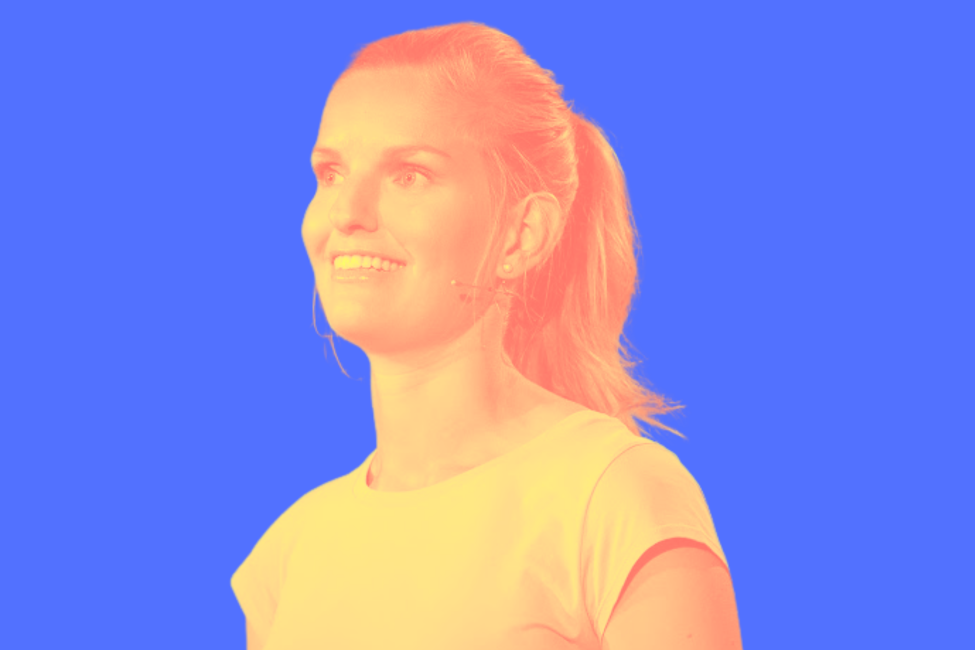Traditional leadership models are struggling to keep pace with the speed of modern challenges. The conventional approach, where a few at the top hold all the decision-making power, has been accused of limiting innovation, slowing progress, and stifling engagement across organizations.
Enter Gitte Frederiksen, a leader who is redefining what it means to lead. As a partner at Boston Consulting Group (BCG) and a former physics and nanotechnology engineer, Frederiksen challenges these hierarchies. Drawing on her extensive experience leading high-performing, multidisciplinary teams through large-scale digital transformations, she offers a compelling vision of distributed leadership – one where everyone plays a role in driving success.
Frederiksen’s approach is rooted in the belief that empowering individuals at all levels leads to more resilient, agile, and innovative organizations.
Expanding Leadership to the Many
Questioning the traditional notion that leadership should be reserved for a select few, Frederickson argues that the problems we face today demand the collective effort of many. Empowering more people to contribute leads to better outcomes and increased engagement, even if it’s just a small step for each person.
She also calls for a shift away from rigid, top-down leadership structures.
Instead, Frederiksen advocates for a “network” model of leadership, where influence is distributed, allowing organizations to become more dynamic and adaptable.
Removing Labels
Whether they are job titles, roles, or backgrounds, Frederiksen emphasizes the importance of removing labels that tend to box people in.
She encourages leaders to recognize the diverse skills and ideas within their teams, often uncovering surprising strengths when these labels are discarded. This approach creates an environment where innovation thrives and unconventional solutions emerge from unexpected places.
The Power of Transparency and Kindness
Another key aspect of Frederiksen’s vision is the need for transparency. In many organizations, individuals withhold information for personal gain or out of fear. She urges teams to openly share everything, from data to insights, creating a collaborative environment that avoids duplication of efforts and enables everyone to contribute to solving problems more efficiently.
Lastly, Frederiksen touches on the significance of kindness in leadership, often overlooked in high-pressure environments.
She explains that prioritizing a culture of kindness builds trust and psychological safety, empowering teams to take risks, admit mistakes, and share ideas freely. This, in turn, creates high-performing teams where members feel supported and motivated to contribute without fear of blame or retribution.

From Vision to Impact
Through her work at BCG, Frederiksen has seen firsthand how distributed leadership leads to exceptional results.
Teams that embrace these ideas experience faster growth and better solutions, with members feeling a stronger sense of ownership over their work. The impact is particularly notable in the high-performing teams she has led, where 80% of employees reported delivering more value, and 60% experienced improved sustainability in their work-life balance.
The Wrap
Frederiksen’s vision of leadership is one where everyone can, and should, contribute, offering a powerful antidote to the challenges posed by rigid hierarchies and outdated structures.
As she concludes, “When everyone is a leader, we can do more and do it better.”





